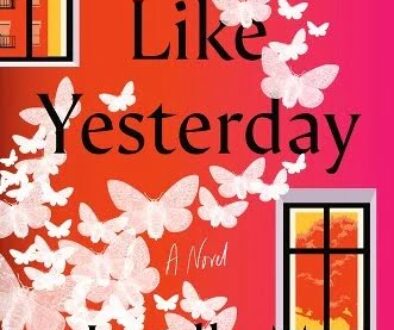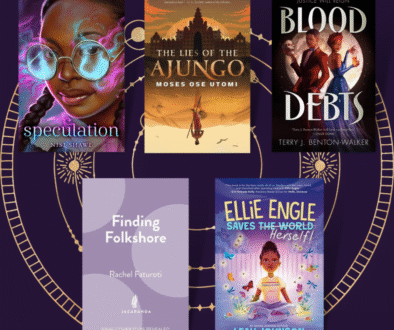The Plot Thickens: Cinderella Is Dead

Some stories struggle with making major concepts that we’re dealing with in real life applicable in their fictional worlds. From commentary on police brutality and the Movement for Black Lives, to providing queer and gender-nonconforming characters that feel true to life, many stories stumble when attempting to portray characters and plot in a way that envelopes the reader in their world. Kalynn Bayron’s Cinderella is Dead, however, has no such struggle. Not only does Sophia Grimmins, the main character, leap off the page and into your heart, but the story also does a fantastic job of rebuking patriarchal systems and representing queerness without going off-plot.
As the story opens, we are immediately thrust into the central problem in Lille, the province where much of the story takes place. Namely, that young women have been forced to endure 200 years of sexist rule – from a strict women’s-only curfew that begins at eight at night to being beholden to the choosing of men during an annual ball to gain any advancement. It is this ball that remains the central contention of Sophia’s introduction. She has never wanted to be chosen by a man and resists every component of participation in the ball looming before her in three days’ time. In fact, the book opens up with her having a brief rendezvous with Erin, another young woman whom she has loved for as long as she can remember. Unfortunately, love is not enough to conquer all the ills the girls face, a throughline this story reminds of us again and again. Sophia and Erin must both participate in the ceremony and circumstance that places all the burden on oppressed groups without even the thinnest veneer of hope for equity. This is reinforced when Sophia, after recognizing signs of domestic violence while getting fitted for a dress, bears witness to outright violence against a gay ally while on her way home from the same shop shortly thereafter.
Patriarchal rule holds little space for independent thinking, let alone rebellion – a lesson Sophia is reminded of several times throughout the story, from living with the knowledge of her own grandmother’s execution for being a dissident to what she later learns about the history of her world. Perhaps the cruelest aspect of the tyrannical leadership behind Lille is that they use the story of Cinderella, who in this story lived in Lille and married Prince Charming 200 years prior to the beginning of this book and died at 38, to shame the families of Lille into complying with harsh rule and living conditions. As any unravelling of tyranny is wont to do, we later learn that the true history of Cinderella’s life is very far from what the tale claims and that the public is kept unaware of the machinations of its leader, King Manford, and that the only ones who are clued into aspects of this system are those who seek to benefit from the suffering of others. It is only once Cinderella is Dead reaches its bitter end that we see some semblance of public discontent and Sophia must go through many challenges before then. Her stubborn belief in doing what is right deeply colors many characters’ experience at the ball and sends her on a journey of learning which goals and relationships she must hold close or release herself from.
Much like the classic Cinderella story, there is magic in the story, yet, it is not a central motivation, nor does it magically solve all the problems the protagonist faces. In fact, magic tends to be a cause for more heartache than help in this tale. A lot of the true magic of Cinderella is Dead comes in its ability to explain the ways the people of Lille, as well as those in real life, end up in situations where those least deserving of power wield it toward discriminatory and fatal ends without the world turning upside down to right these wrongs. I sincerely hope that a whole generation of leaders take strength in the plight of Sophia and act in ways that similarly changes our reality for the better.



